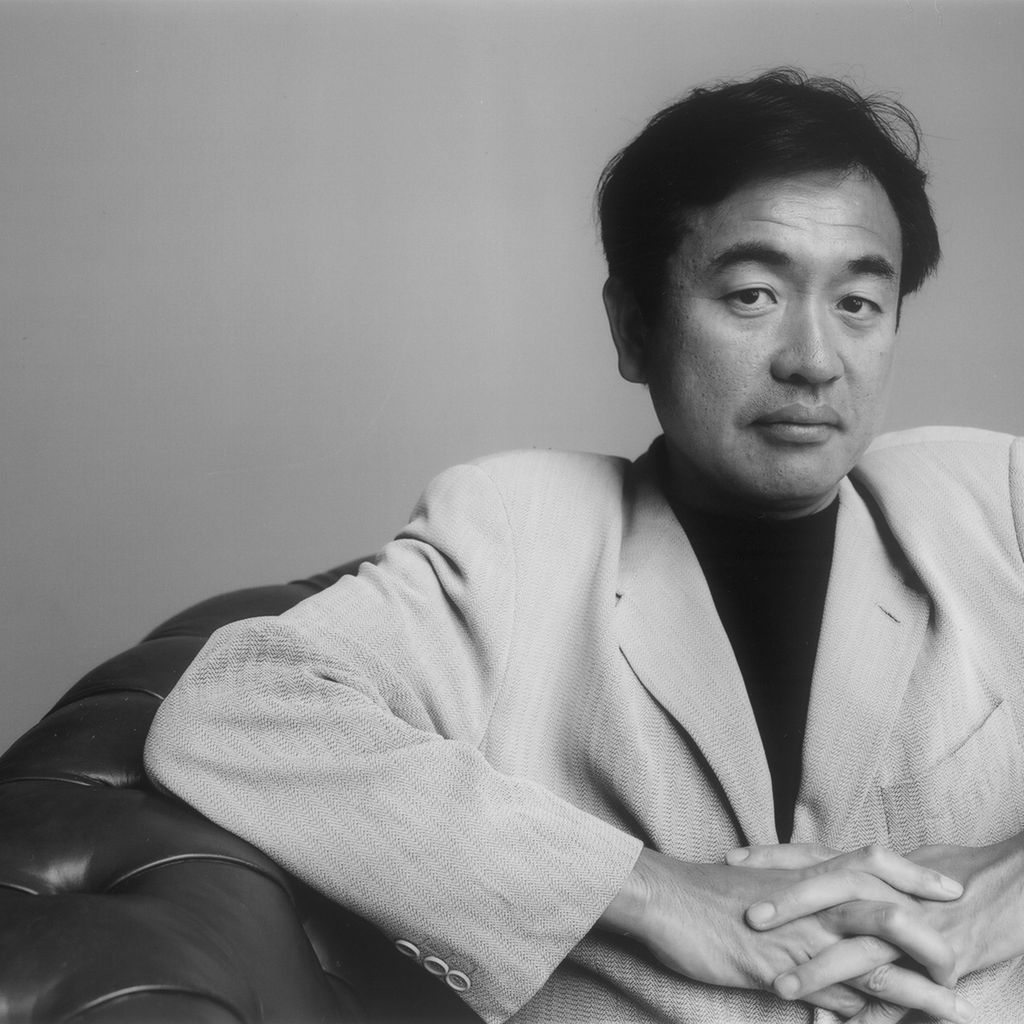
Kenzo Tange (1913 – 2005) was a Japanese architect. Considered one of the 20th century’s most significant architect combining Japanese traditionism and modernism. He was one of Japan’s most revered architect. He was very sensitive the the urban effect of his buildings.
“Given talent, energy, and a sufficiently long career, one may pass from being a breaker of new ground to becoming a classic. This has been the happy fate of Kenzo Tange, who in his eight decade is celebrated as an architect of international reputation. Along with his practice, he has been a leading theoretician of architecture and an inspiring teacher; among the well-known architects who have studied under him are Fumihiko Maki and Arata Isozaki. His stadiums for the Olympic Games held in Tokyo in 1964 are often described as among the most beautiful structures built in the twentieth century. In preparing a design, Tange arrives at shapes that lift our hearts because they seem to emerge from some ancient and dimly remembered past and yet are breathtakingly of today.” – Pritzker Architecture Prize Jury Citation.
Ise Shrine
1953
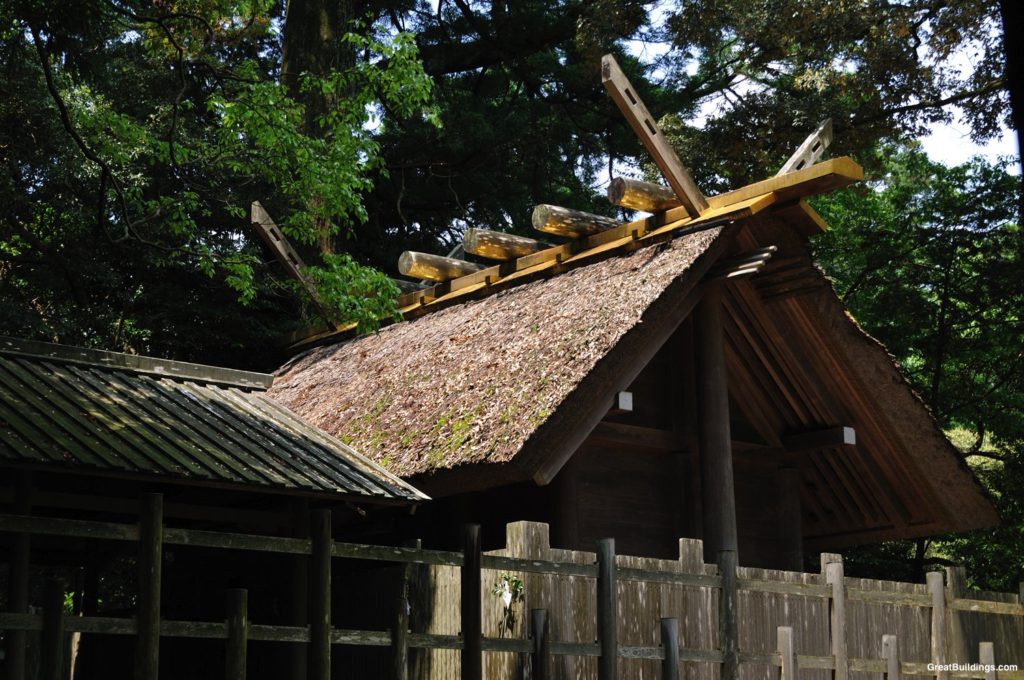
Kenzo Tange’s Own House
1953
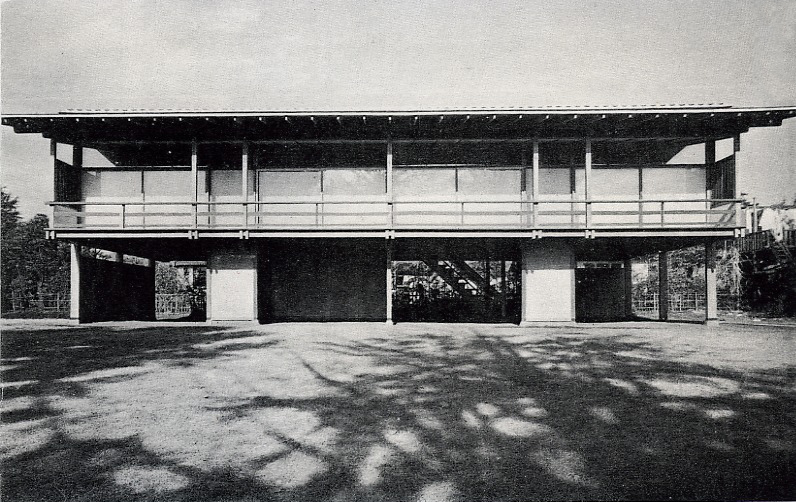
Horishima Peace Memorial Museum
1955
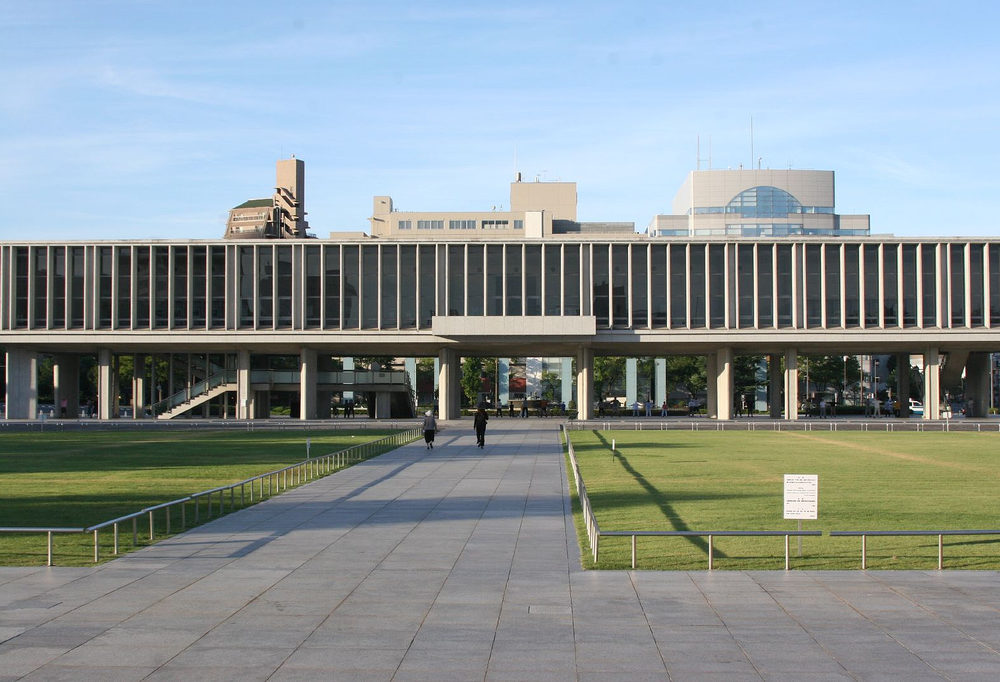
Kagawa Prefectural Government Hall
1958
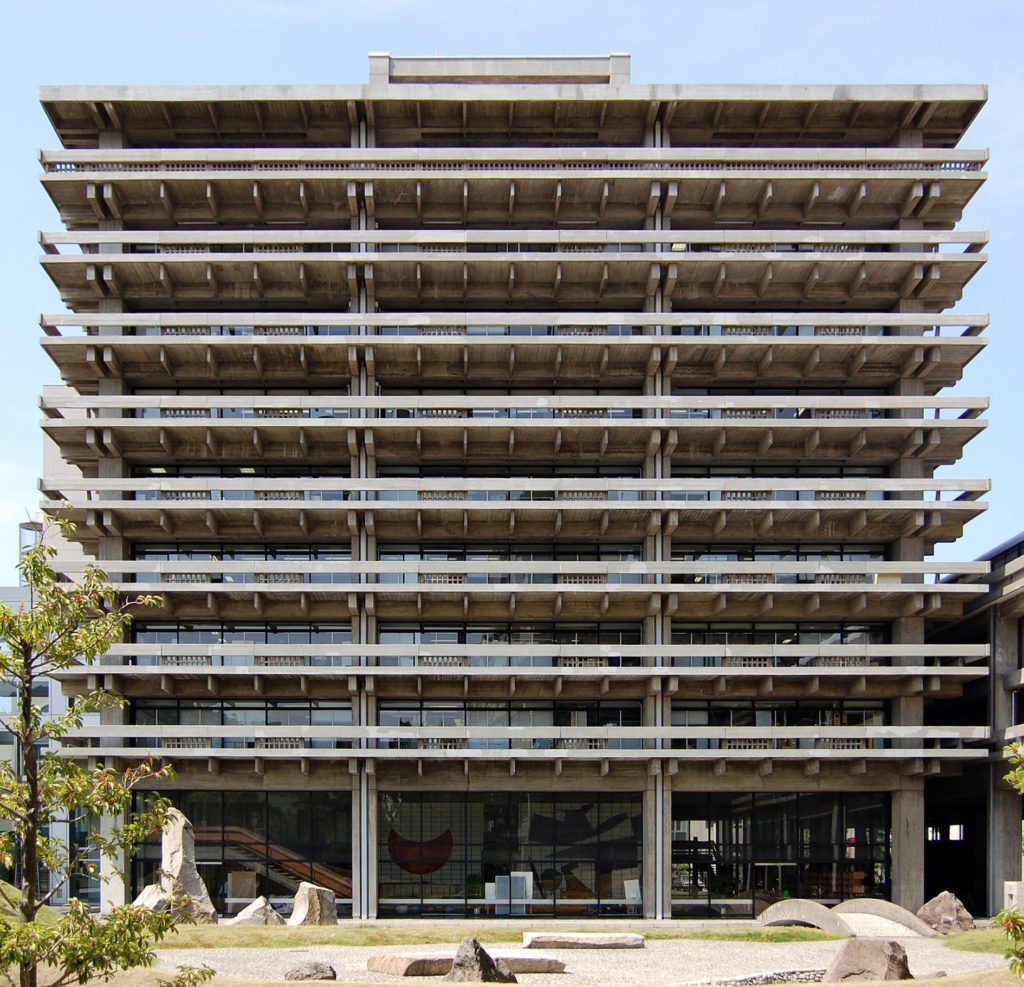
Town Hall, Kurashiki
1960

St Mary’s Cathedral
1964, Tokyo
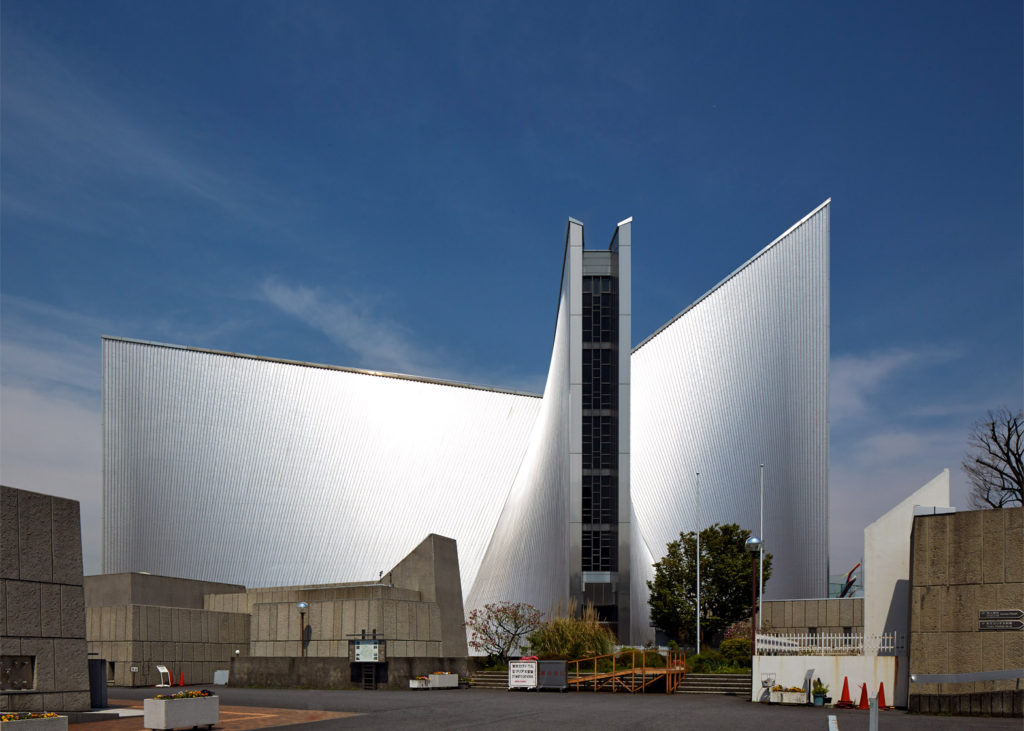
Yoyogi National Gymnasium
1964
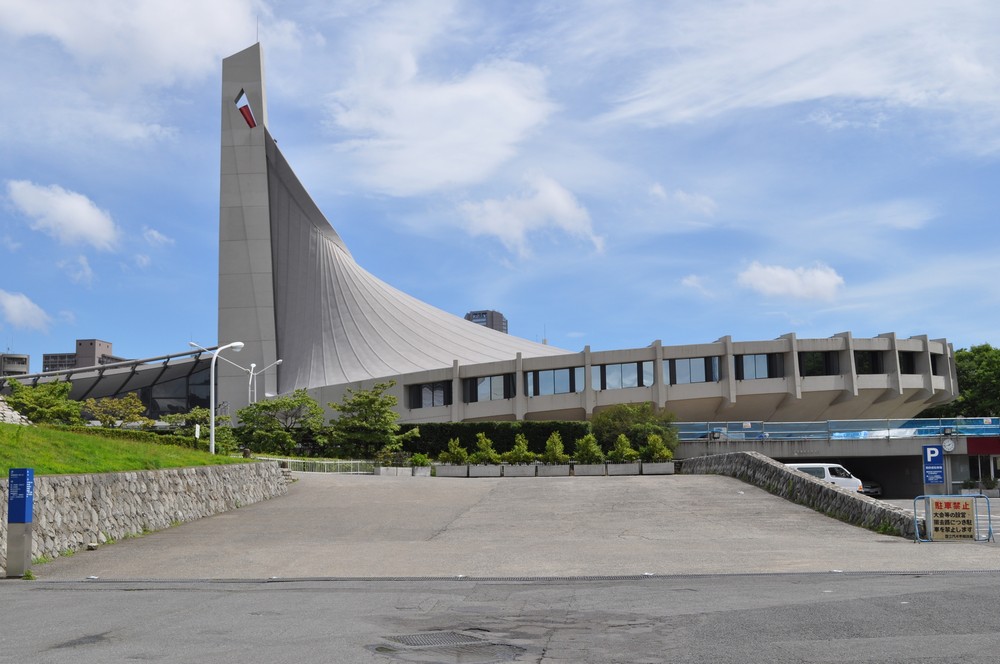
Yamanashi Broadcasting and Press Centre
1966
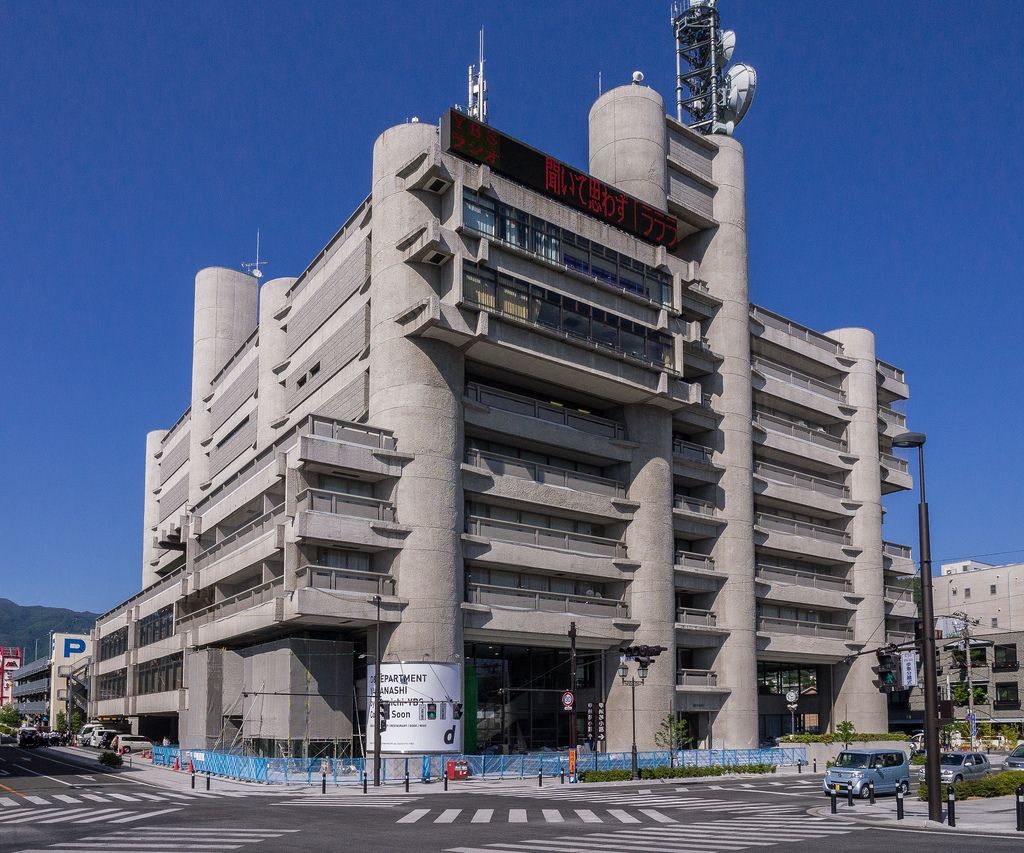
Osaka Expo Festival Plaza
1979

Tokyo Metropolitan Government Office
1991
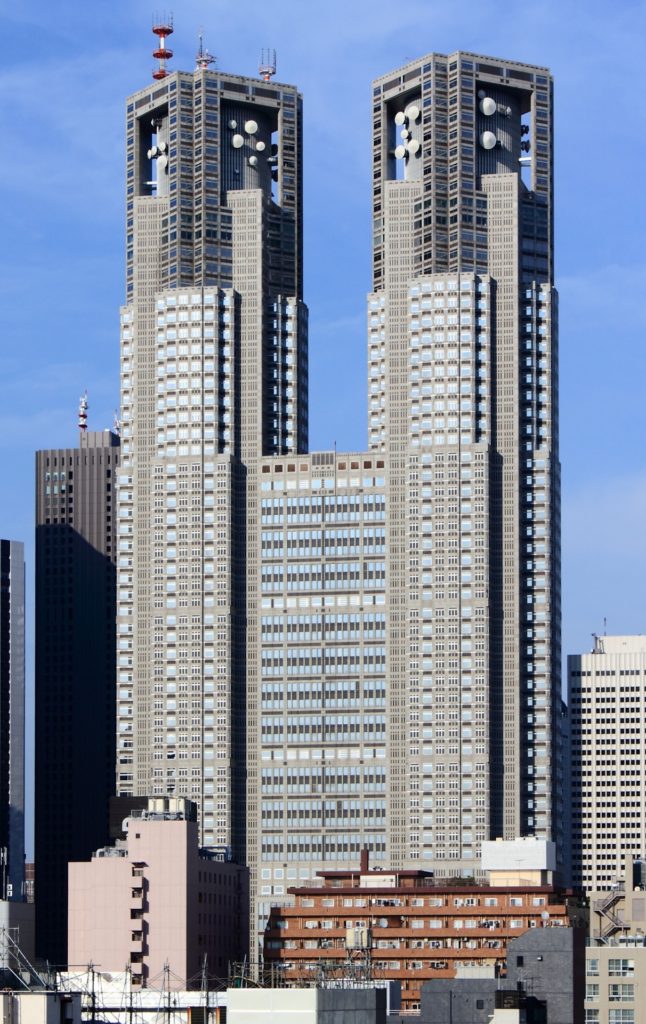
Supreme Court Building of Pakistan
1993, Islamabad

